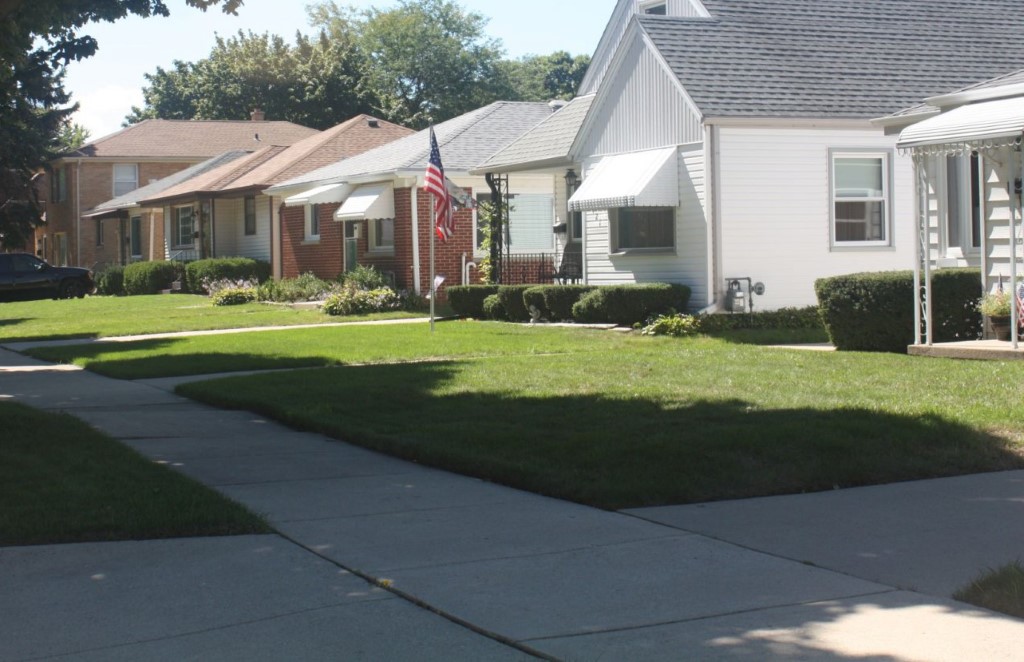Minneapolis Eliminates Single-Family Zoning
All the city news you can use.
Want more links to read? Visit The Overhead Wire and signup. Every day at The Overhead Wire we sort through over 1,500 news items about cities and share the best ones with our email list. At the end of the week, we take some of the most popular stories and share them with Urban Milwaukee readers. They are national (or international) links, sometimes entertaining and sometimes absurd, but hopefully useful.
How Richest US Towns Fight Affordability: In southwest Connecticut, local zoning boards have created an extreme gap between rich and poor. A developer in Westport bought out a 2.2-acre property in 2014 with the intention of building single- and multifamily housing for up to 12 families. Chris Stephens, a planning and zoning commissioner, voted against the plan as it was “ghettoizing Westport.” ProPublica has found that more than three dozen Connecticut towns have blocked construction of any privately-developed multifamily housing within their borders for the last two decades, often through exclusionary zoning requirements; separation, writer Jacqueline Rabe Thomas argues, has been by design. (Jacqueline Rabe Thomas | ProPublica)
Two Cities That Upzoned: Minneapolis 2040, the city’s recently approved comprehensive plan to upzone much of the city’s single-family neighborhoods, tapped into the city’s YIMBY movement with the goal of making denser zoning more palatable. Community groups like Neighbors for Neighbors developed promotional materials to do so. Minneapolis developed the plan with traditionally overlooked groups, like immigrant communities and historically black neighborhoods. In Seattle, there was more opposition. Years of public outreach ensued, with many compromises being made, but the city council unanimously approved a plan to upzone 6% of its exclusionary single-family zoning. This zoning makes up 75% of the city, so while it’s not much, Seattle residents believe it is a hopeful start. (Philip Kiefer | Grist)
The Google City Angering Toronto: Google subsidiary Sidewalk Labs and Toronto Waterfront announced a smart city plan to much fanfare in 2017. However, early skeptics have since grown to become a larger opposition to the project. The Quayside project has been critiqued as the tech industry’s extension in the financial and development realm, and the 12-acre site is being questioned as a massive undertaking to normalize personal data collection. The Canadian Civil Liberties Association (CCLA) is suing three levels of government over the project, claiming that it is inappropriate for Google to design privacy policies for city neighborhoods. Many are worried that Google is already the master of the online domain, and allowing them to be “masters of the offline” is problematic. (Jane Wakefield | BBC)
Suburbs Coming to a City Near You: In San Francisco, a developer aims to market his 263-apartment development as “the suburban life in the city,” with outdoor space in the middle and small clusters of residences. Between 2010 and 2015, many cities saw their populations grow faster than their suburbs and many residents now in higher-density neighborhoods are wealthier than previous ones, but with them comes the affinity for suburban life. The idea of what is included in city development is therefore evolving, and developers are leveraging this by catering to the high end of the housing market. Luxury four-bedroom condos are being built in New York, while Seattle is getting luxury apartments with rooftop hammocks and a chicken coop. As big box stores like Target also set up shop in cities, not only are suburbanites moving back into cities, but so are their ways of life. (Candace Jackson | New York Times)
City Roads Safer Than Suburban Ones: The Pennsylvania Department of Transportation recorded all auto collisions in the five-county Philadelphia region. The collision data shows that denser areas, like downtown or suburban town centers, had lower collision rates than more sprawling areas. The safety in city centers is mainly attributed to fewer roads and slower traffic speeds. However, there are more vehicle-pedestrian collisions in denser areas. The study poses a challenge for a region comprised of both 19th century towns and sprawling exurbs. While Philadelphia’s crash data demonstrates safer roads than other auto-centric cities like Houston, the city showed worse outcomes than some East Coast peers. (Ryan Briggs | PlanPhilly)
Quote of the Week
There is simply no excuse today for not enforcing occupancy-based performance measures for all transportation modes, including AV deployments. A vehicle with zero occupants should not be treated the same as a vehicle with one occupant, or two occupants, regardless of its level of automation. The existence of reliable consumer technology for verifying occupancy means that there is no longer any excuse for federally sponsored AV deployments to be exempt from reporting on occupancy.
–Emmett Murphy in Fast Company discussing how zero vehicle occupancy shouldn’t be at the top of the planning heirarchy.
This week on the podcast, Colin Parent of Circulate San Diego talks about the innovative transportation planning that’s happening in Southern CA
Want more links to read? Visit The Overhead Wire and signup. (http://dtrnsfr.us/2iA8Yas)
Urban Reads
-
How Traffic Noise Impacts Children’s Brains
 Jul 1st, 2024 by Jeff Wood
Jul 1st, 2024 by Jeff Wood
-
Number of Super Commuters is Rising
 Jun 22nd, 2024 by Jeff Wood
Jun 22nd, 2024 by Jeff Wood
-
Why Has the Walkable City Been Villainized?
 Jun 9th, 2024 by Jeff Wood
Jun 9th, 2024 by Jeff Wood






















